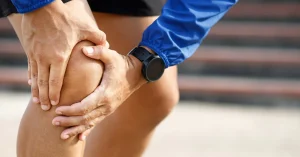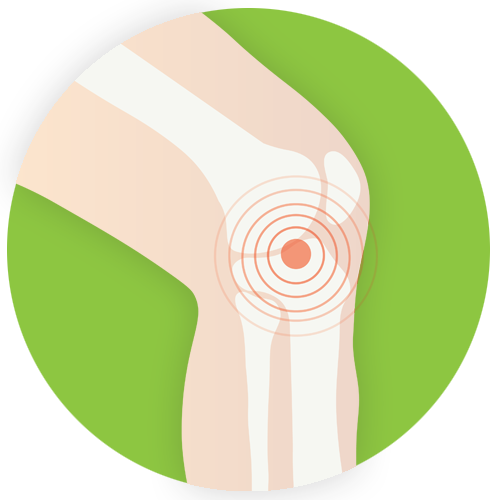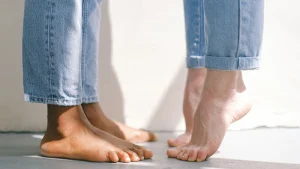
How to Recover from Knee Surgery
Knee surgery is a daunting thing, whether it be to repair damaged ligaments, menisci or a total knee replacement, the recovery process is oftentimes painful
Don’t let constant pain slow you down, or stop you from doing the activities you love.
Knee pain can manifest in a few different ways. Sometimes the pain seems to be around the entirety of the knee. Other times it is concentrated on specific structures of the knee such as the patella, meniscus, or the ligaments and/or tendons of the knee (quadriceps tendon, patellar tendon, ACL, PCL, LCL, MCL). Osteoarthritis (OA) of the knee is a common condition that affects many Canadians. Knee OA is the degeneration of the joint as a whole, including the cartilage, meniscus, surrounding musculature, joint fluid and bone. OA can be defined as the body’s inability to repair damaged tissue.


Knee surgery is a daunting thing, whether it be to repair damaged ligaments, menisci or a total knee replacement, the recovery process is oftentimes painful

First of all you may be asking, what is K-Laser therapy? K-Laser Therapy is a leading Class IV therapeutic laser that delivers specific red and

It is not always obvious how important our feet and the mechanics of how our bodies align are until we start to experience pain or